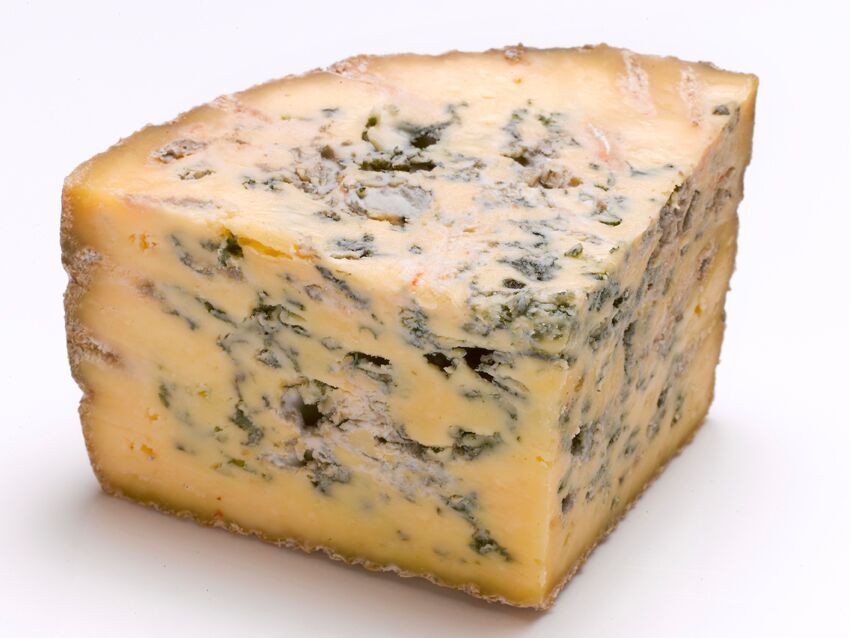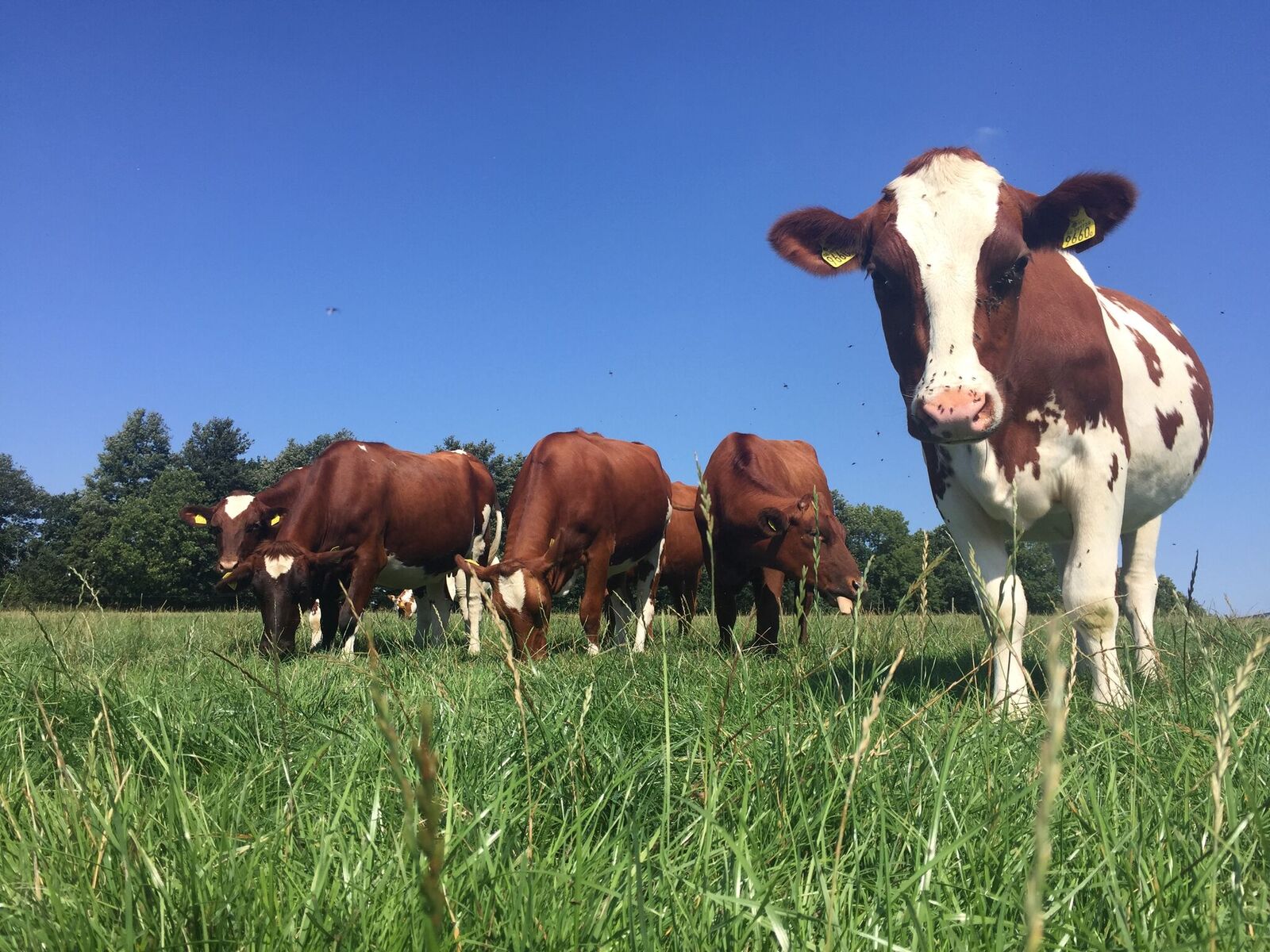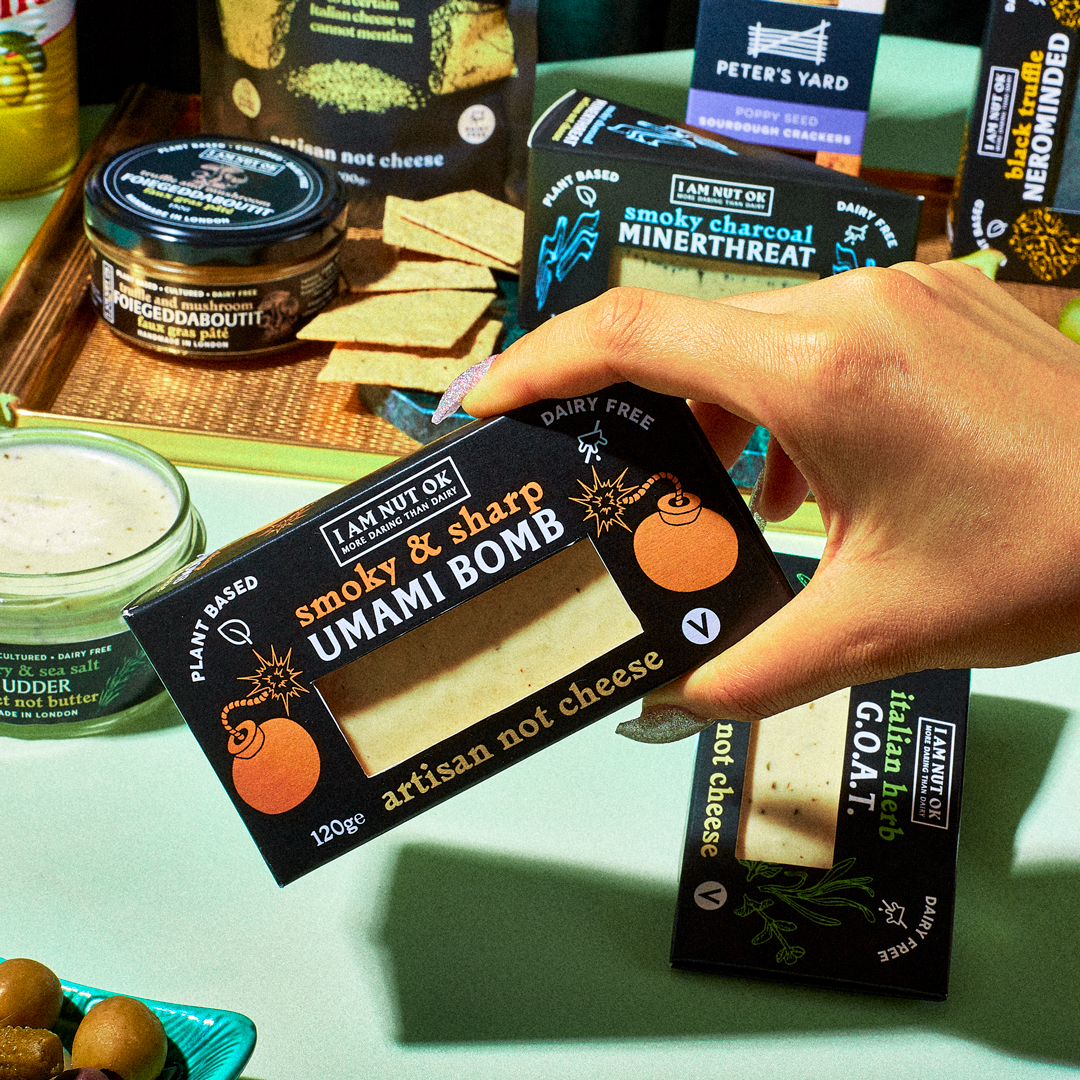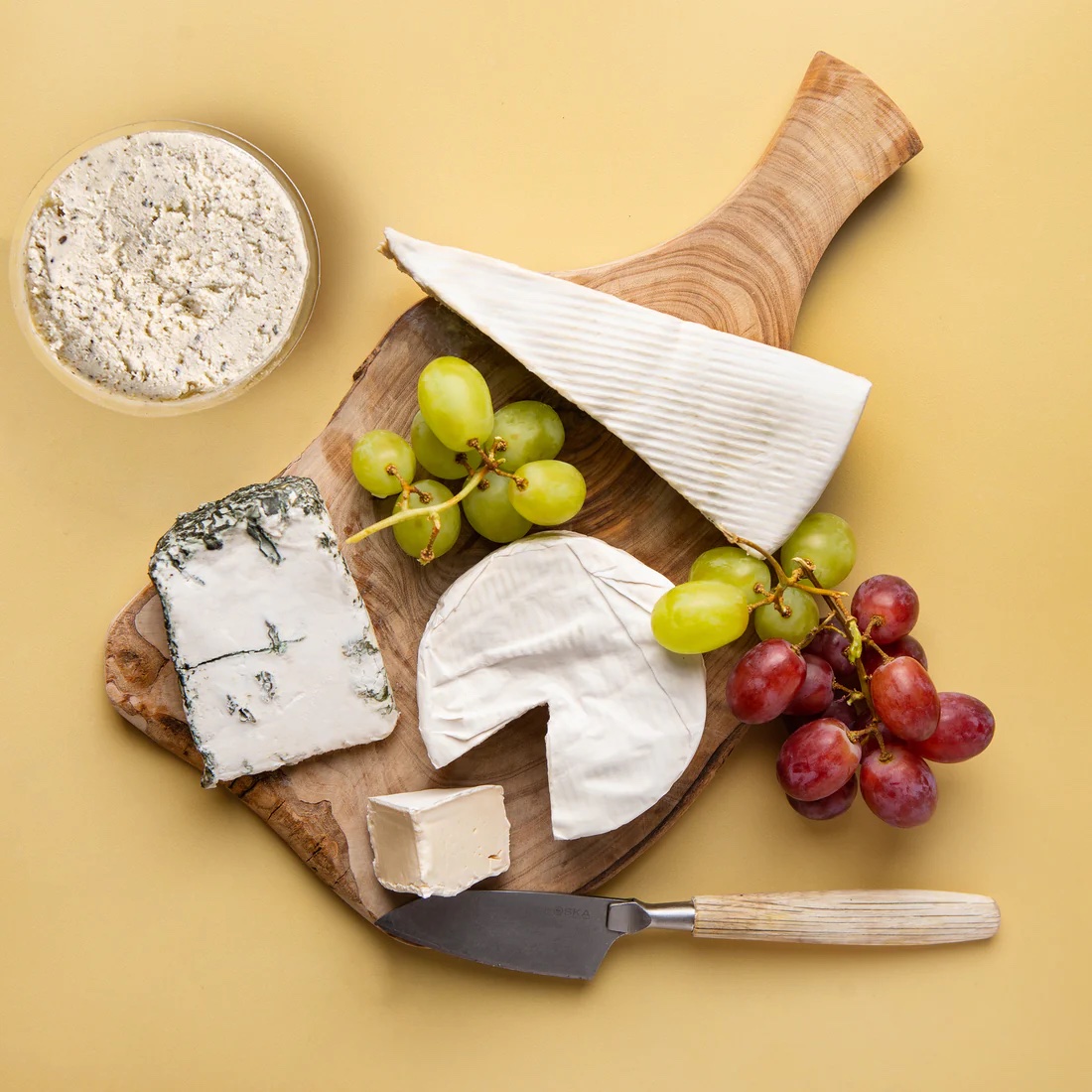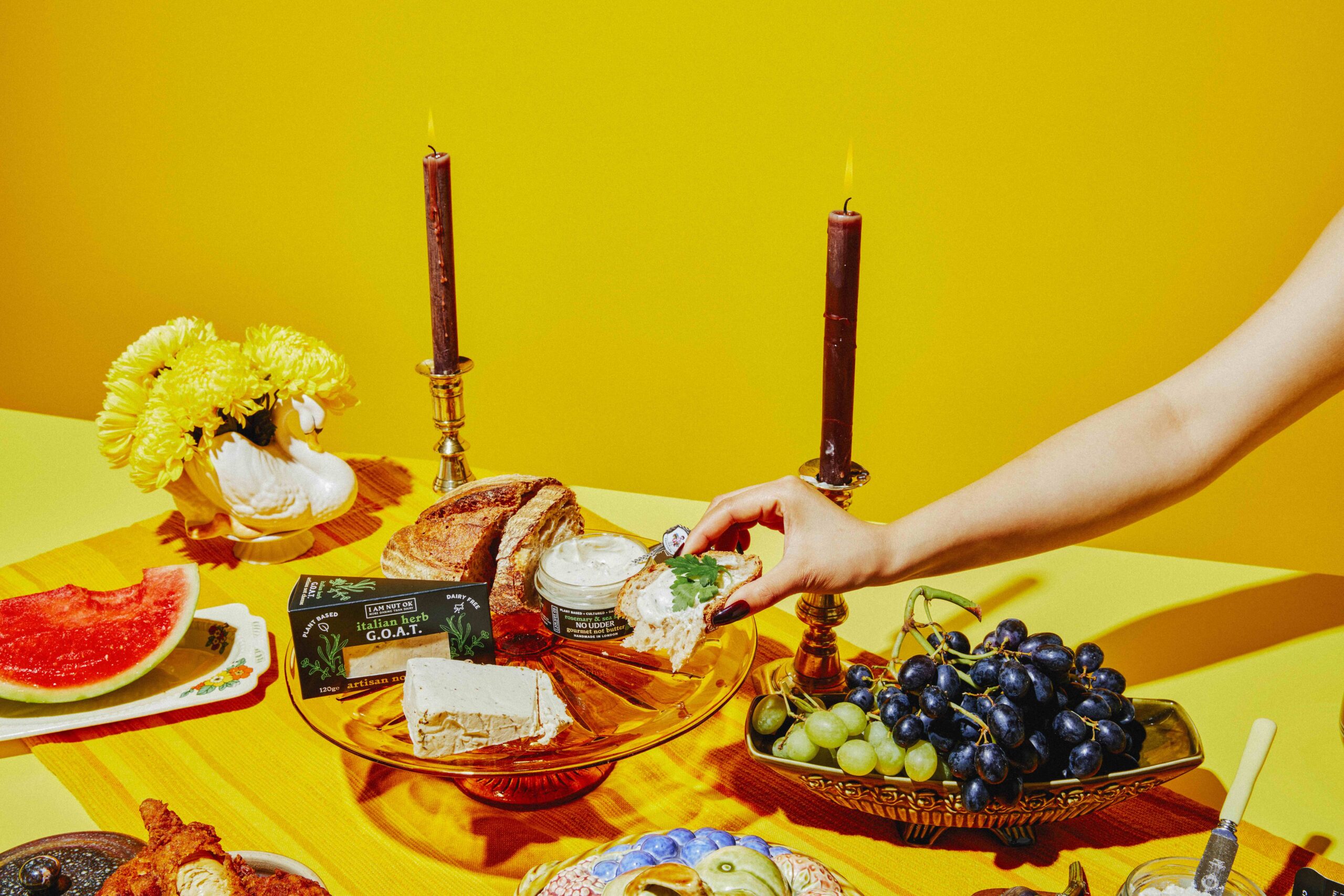Our most local cheesemaker, based just outside Staplehurst in Kent, Kingcott Dairy’s Steve Reynolds tells us more about their family farm and the delicious blue cheese they produce.
Tell us a brief history of the company
Cheesemaking started on our farm in 2009 (10 year birthday coming up this summer!) but we have been dairy farming in Staplehurst since 1990 and my family goes back to the 1500’s as farmers in Somerset.
We started with Kentish Blue made by myself and my wife Karen, and have recently been joined by son Frank making Kingcott Blue, and other son Archie who is working on the farm side as well as hand piercing our blue cheeses.
Why is your cheese different?
It is all down to the cows! The quality of the milk used for cheesemaking is hugely important and not credited enough in my opinion, especially in raw milk cheeses where the depth of flavours can really shine through. The main ingredient has to be top notch!
Over the past 3 years we have been changing from the traditional black and white cow to Viking Reds – dairy cows from originating in Denmark, Sweden and Finland. These are lovely, friendly, healthy red and white cows which give a great quality milk for cheesemaking, ie lots of butterfat and protein, but produce that milk from mainly grass and home grown feeds meaning a more natural diet for them.
Our farm is also Free Range Dairy Accredited as well as Red Tractor Assured. Free Range Dairy means that we commit to letting our whole herd graze our clover rich grass fields for at least 6 months (even Waitrose only asks their milk supplier to graze for 3 months). Natural behaviour is key to a happy healthy cow and we believe that being outside in the fields for as long as possible is key to that.
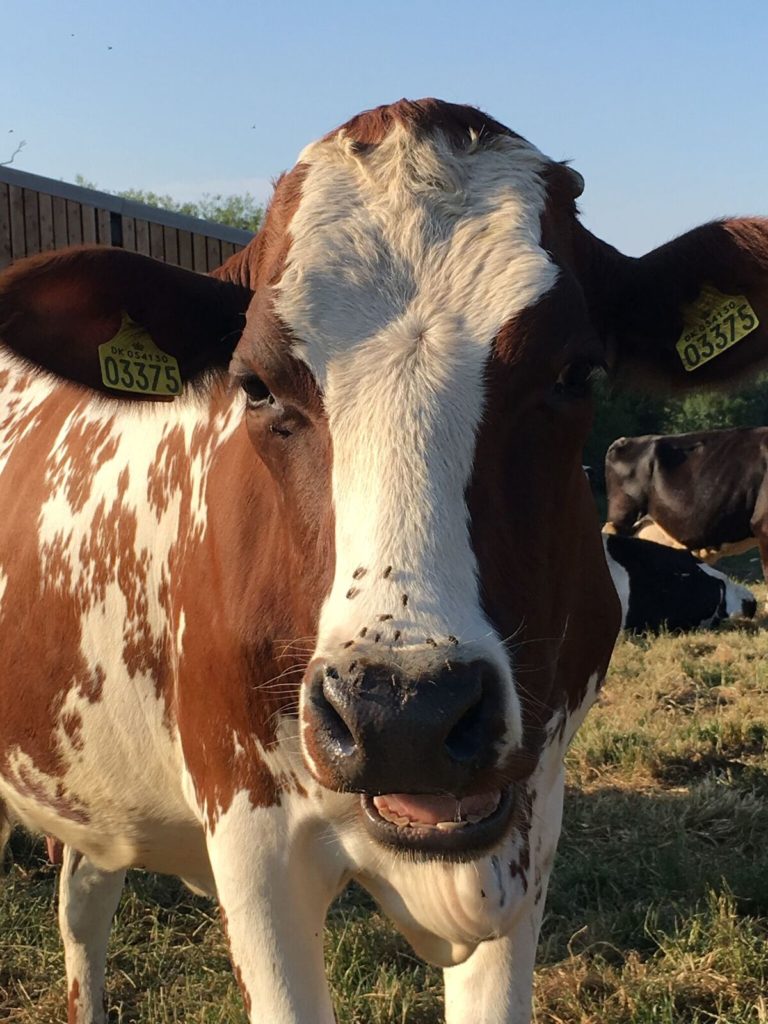
Why did you choose to start making cheese?
Milk prices to the farmer are lower than the cost of production as much as they are above the cost of production, so to keep our small family farm viable, we needed a way to make use of the fabulous product we already had as dairy farm – milk.
I wanted to make something I liked, so blue cheese was decided on.
What tips do you have for how to use your cheese or interesting pairings?
Pears, apples, figs and walnuts are classic combinations with blue cheese, but also try honey drizzled on top, or even (as suggested by a customer) with small slices or cubes of watermelon to give a refreshing flavour.
What does a ‘normal’ day look like for you?
Cheesemaking starts when the cows are being milked in the morning at 6am, we use the milk as soon as it is produced, with our cheese barn being just 5 meters from the milking parlour. No heat or energy is used during our cheesemaking as the milk is conveniently at just the right temperature fresh from the cow (and we use it raw), and curds are hand stirred and hand moulded.
After the initial making of the cheese, there is a lot of turning and gentle tending over the following days and weeks, all of which affect the final cheese.
Myself and Archie will be cleaning the cow yard and putting out fresh food and straw bedding (in the winter months), or in the spring and summer when the cows are out in the fields, we will be checking grass lengths and quality, making silage ready for next winters feed, or maybe keeping an eye on any cow due to give birth.
Preparing orders for customers happens in the afternoons ready for despatch the following day, and then the cows are milked again in the afternoon.
But cleaning always seems to take nearly as long as making cheese and farm paperwork takes even longer!
What is the question you are asked most often about your cheese?
Do we use copper wires to make the blue veins? – No! An air channel is needed to allow oxygen to enter the cheese and react with the cultures used and so make the blue lines, but myself and Archie use a stainless steel spike to make the air channels, as all of our cheese is hand pierced.
Kentish Blue is available from Curd & Cure both as retail packs & whole cheese; please see page 66 of our Spring/Summer 2019 brochure.
